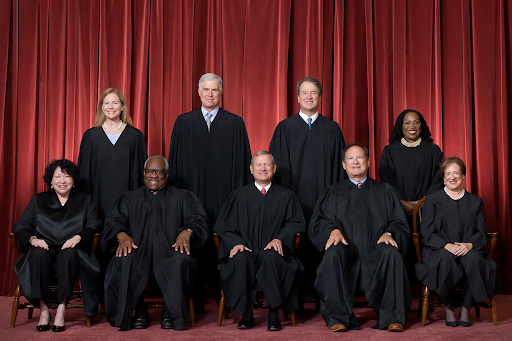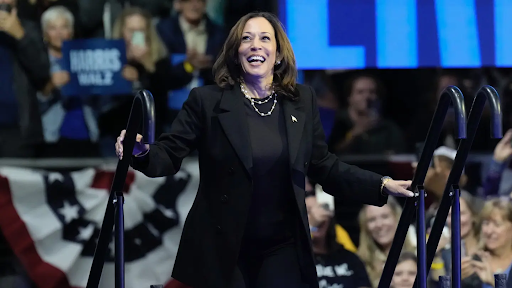Our Supreme Court was established in the Constitution by the Founding Fathers of America. They decided to have the justices hold office for life, as a way to protect the judiciary’s independence from the political branches of government and the public opinion. To this day, the Supreme Court is composed of a variety of justices appointed by many different presidents. For instance, one current justice was appointed by George H.W. Bush in 1991, over 30 years ago. The fact that justices have the ability to serve for such a long time is concerning to many. The lifetime appointments of Justices were established in Article III of the US Constitution, but now is being widely debated. A suggestion that has resurfaced is an alternative method of putting term limits on the justices, something first proposed by Franklin D. Roosevelt in 1937. In my opinion, this idea would be extremely beneficial for the Supreme Court and keep the justices more separated from political changes.
Specifically, an 18-year term limit would be ideal. It would allow justices time to completely understand their roles and develop their legal philosophy—supported by the fact that many justices have chosen to retire after a similar amount of time. Additionally, justices could serve 18-year terms that are staggered, with an opening occurring every two years. This would ensure that each presidential administration appoints two new justices, helping to maintain the court’s alignment with the broader public opinion.
One important thing about implementing term limits is that they would bring a steady influx of fresh ideas and energy to the Court. It would also ensure that the justices would be more in touch with the general public, as the term limit would cause them to be younger and more in tune with public opinions. Additionally, these limits would reduce the president’s incentive to nominate younger candidates solely to ensure a prolonged influence on the Court. Term limits would cap the length of service and encourage the president to appoint a justice based on quality and credibility.
The fact that justices serve for such an extended period of time contributes to the fact that the confirmation process has become extremely politicized. This gives members of the Senate to upend the confirmation process to ensure that someone of their political party is appointed since they would be in office for so long. Term limits would decrease the political nature of the Supreme Court confirmation process by putting less pressure on each appointment, which is meant to be outside of politics.
Another pro is that this change of term limits is compatible with the Constitution. In Article III, section 2 states that the Court performs its function “with such Exceptions, and under such Regulations as the Congress shall make.” This, along with the authority of Congress’ “necessary and proper” powers under Article I, Section Eight, clause 18, justifies the addition of term limits under the Constitution.
In conclusion, placing term limits on Supreme Court justices is an innovative solution that would solve multiple problems. It would ensure that the Supreme Court remains outside of politics as it was intended to, and this idea is also plausible according to the Constitution.
By Carolina Florez ‘26, Contributing Writer
Sources:
Buchanan, Maggie Jo. “The Need for Supreme Court Term Limits.” Center for American Progress, 3 Aug. 2020, www.americanprogress.org/article/need-supreme-court-term-limits/.
Wood, Diane. “Why Term Limits for Supreme Court Justices Make Sense.” Brennan Center for Justice, 19 Aug. 2024, www.brennancenter.org/our-work/analysis-opinion/why-term-limits-supreme-court-justices-make-sense.
Columbia Law School. “Pros and Cons of Potential Term Limits for Supreme Court Justices.” Www.law.columbia.edu, 25 Mar. 2014, www.law.columbia.edu/news/archive/pros-and-cons-potential-term-limits-supreme-court-justices



















